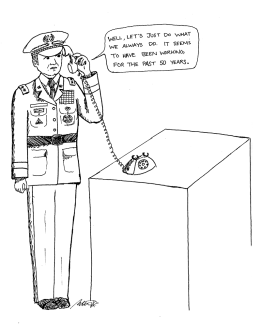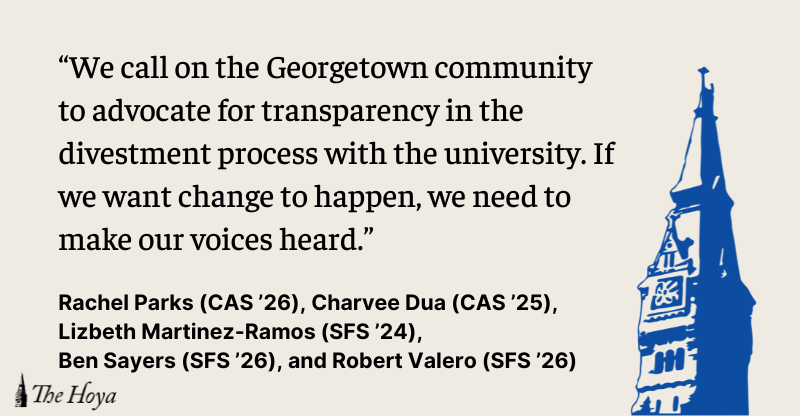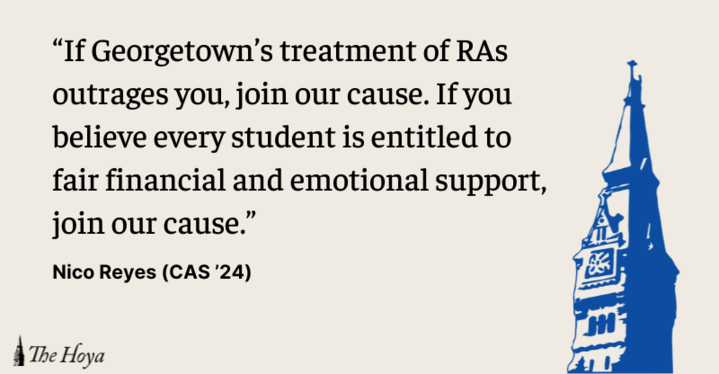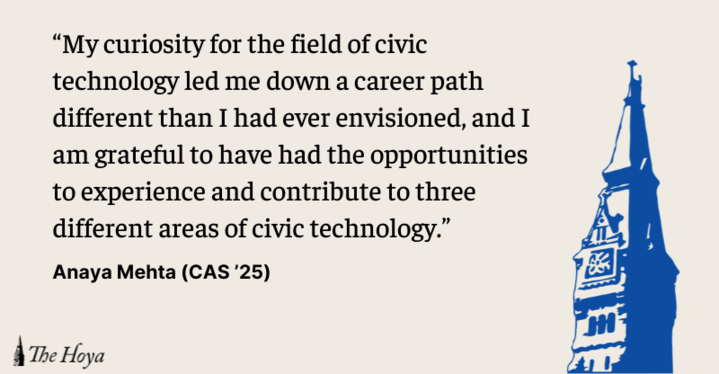 This fall, the world will mark the 25th anniversary of the Berlin Wall’s fall. Those of us who lived through that period in history vividly recall the euphoria of the moment as celebrating Berliners climbed atop the remnants of the wall. The subsequent break-up of the Soviet Union signaled the end of the Cold War that had shaped the world since 1945 and its replacement by a general sense of optimism. With the Cold War over, tension evaporated and many hoped that the United States would benefit from a financial “peace dividend.”
This fall, the world will mark the 25th anniversary of the Berlin Wall’s fall. Those of us who lived through that period in history vividly recall the euphoria of the moment as celebrating Berliners climbed atop the remnants of the wall. The subsequent break-up of the Soviet Union signaled the end of the Cold War that had shaped the world since 1945 and its replacement by a general sense of optimism. With the Cold War over, tension evaporated and many hoped that the United States would benefit from a financial “peace dividend.”
Nearly 25 years after the fall of the wall, however, America’s commitments around the world — its “grand strategy” as scholars and pundits call it — look similar to those maintained during the Cold War. To be sure, the United States no longer stations the hundreds of thousands of troops in Europe that it did during the Cold War, but the North Atlantic Treaty Organization survives, as do America’s formal and informal commitments to Japan, South Korea and Israel. Despite the end of the Cold War era, the subsequent dramatic structural transformation in the nature of the international system and the traumatic events of Sept. 11, 2001, America’s grand strategy for engaging the world looks remarkably familiar.
To some, this may not be all that surprising. Even if the structure of the international system is different, America’s interests in that system are not. As the argument goes, the U.S. still has an interest in spreading democracy, enhancing international economic openness and promoting cooperative international institutions. Even if the specific threats to America’s interests have changed, the allies that the United States relied upon during the Cold War remain the best allies for confronting today’s threats. Even if the need to address America’s decaying infrastructure at home is only growing, the investment in the American military is justified not only in the short term, but also in anticipation of potential long-term threats, including the rise of China with its unclear intentions.
But this continuity also raises some puzzling questions. Does it really make sense that the United States would maintain a largely similar strategy when everything has changed so dramatically? Are the alliances consummated during the Cold War to confront the Soviet Union necessarily the right alliances to deal with the threats that the United States faces today? And does the extraordinary amount of human and financial resources that the United States expends on its military continue to make sense in today’s world?
If the answers to the questions above are no, then what are the alternatives? One possibility is that the United States ought to retrench and restrain itself, pulling back from its existing commitments around the world and redistributing those resources in ways that are more focused on the specific threats that it currently faces. A more restrained United States would resist the urge to become involved in the world’s problems wherever they may be. America has wealthy allies, and those allies ought to be encouraged to provide for their own defense rather than continuing to rely on the same American security blanket that they depended upon during the Cold War.
This strategy would have the potential benefit of conserving some American resources and focusing others more efficiently. It would also discourage the United States from feeling obligated to intervene in disputes around the globe, especially when it does not necessarily have any great interest in those disputes or any great idea on how to resolve them. This might also provoke the United States into thinking more seriously and more creatively about how best to address those threats that do demand attention, like the continuing threat of transnational terrorism, or the instability that has roiled the waters of East Asia over the last year.
On the other hand, a strategy of retrenchment and restraint has a number of substantial potential downsides. Encouraging allies to provide for their own defense could foster instability as these countries develop their own militaries. Washington may regret distancing itself from conflicts where the United States has the capability to prevent genocide and other crimes against humanity but has chosen, as a matter of grand strategy, not to do so.
No matter which side of the debate you find convincing, the remarkable continuity in U.S. grand strategy is striking. Either this continuity reflects a sensible adaptation of existing institutions and commitments to respond to the markedly different threats of the post-Cold-War era, or it reveals a regrettable inertia that had rendered U.S. grand strategy ill fit to the challenges the country presently faces and is likely to face in the future. Indeed, the more things change, the more they stay the same.
DAVID EDELSTEIN is an associate professor in the School of Foreign Service and the department of
government.














